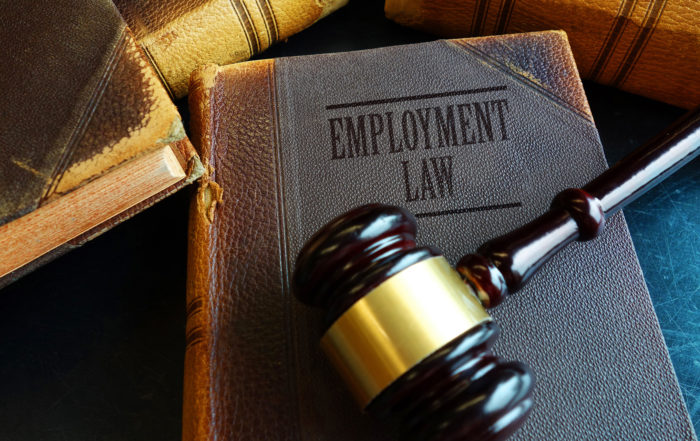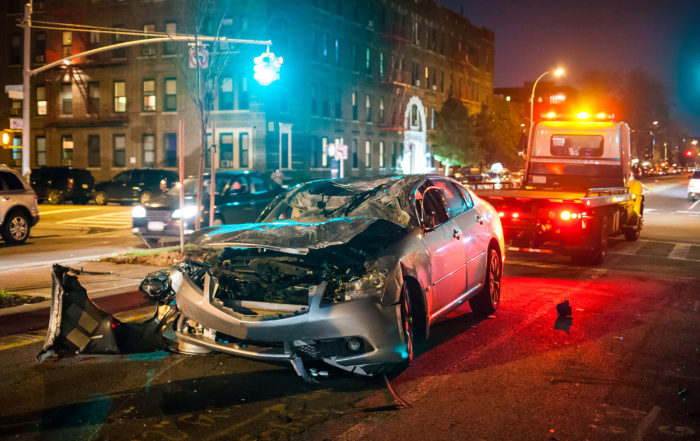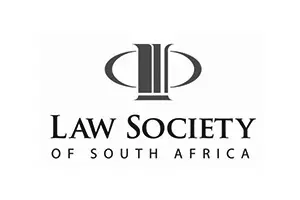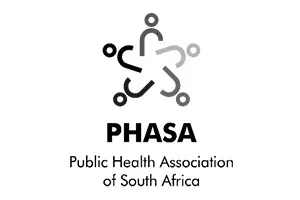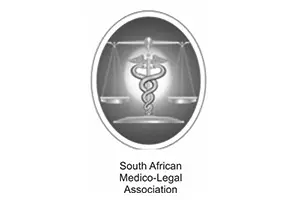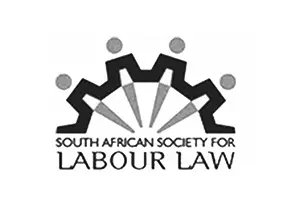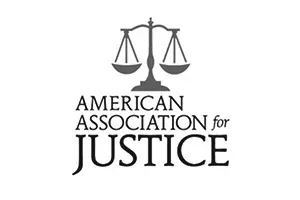
Consumer Rights – The Legal Process
No Court can restore your health, but an attorney who specialises in the field of personal injury can recover money from the wrongdoer to provide for future medical care and to make up any lost income, says Tzvi Brivik, director and senior partner at law firm Malcolm Lyons & Brivik. Any claim above R300 000 should be referred to a High Court ; claims between R100 000 and R300 000 should be referred to a regional court and anything below R 100 000 can be referred to a magistrate’s court, says Brivik, who specializes in personal injury and labour law. The tariff of fees payable to an attorney acting in the High Court is set higher than the tariff for magistrates court, Brivik says, while the costs of proving damages can be quite substantial, involving an advocate, an attorney and a medical expert or experts over a number of days.
In the Christian Rabie case referred to above, the provincial education department had to bear all the legal fees and the fees of 17 experts. Brivik says : “If the parties are too far apart and the matter cannot be resolved – for example , there is a dispute as to whether or not an injury occurred or who is responsible – the litigants will have no option but to proceed to trial.”
In other circumstances, the parties attempt to resolve the matter before the bulk of the costs are incurred. “The definition of a good settlement is usually one where the plaintiff feels he or she may have settled for too little and the defendant feels that he or she has paid too much ,” Brivik says.
He says there are two principal legal considerations to be thought through before a matter is taken to court:
• Does the claim have good prospects of success? (Are the facts clear and is the law supportive of a claim?); and
• How much is recoverable in damages?
• If the recoverable amount is too low, or the prospects of success are too slim, Brivik says, there is no point in pursuing the case. Once the decision has been made to go to court, however, it is important to serve notice on the other party without delay. The successful party is entitled to recover a proportion of the total legal costs incurred. Brivik explains that there is a difference between the costs that you are awarded based on a scale of tariffs and the costs that you, the litigant, agree to pay your attorney. Brivik says this is similar to scale of benefits paid by a medical scheme , which may be significantly lower than the fees charged by your doctor or specialist , with you responsible for the difference.
He says legal costs “are defined as those attendances which were necessary to ensure that the matter was successful”. The costs include disbursements, which are defined as the costs of employing the services of an advocate and the costs of the expert witnesses such as medical experts.
The award in the Rabie case illustrates some damages and costs that could make up a total award. In his case, these were:
• Loss of income and earning capacity: R20.2 million;
• General damages: R 800 000 ;
• Future medical expenses: R787 386 ; and
• Costs of protecting the award ( to cover legal costs if the education department challenges the outcome of the case): R1.6 million.
Broadly speaking, Brivik says, damages can be divided into two groups:
• Damages that are quantifiable in monetary terms, such as past and future medical expenses and loss of income; and
• Damages awarded for pain and suffering, and loss of amenities.
Personality changes in head injury cases are considered for the assessment of both general damages ( that is, loss of amenities, if it means that the injury disrupts personal relations) and loss of income if you are unable to conduct the same business or hold the job you had before the injury, Brivik says.
Despite all we hear and see in the movies, there is no such thing as punitive damages in South Africa. Our courts do not award damages to punish the party at fault. All the courts can do – despite the suffering you have been through and the risk you have taken in approaching a court – is to restore you to the financial position you would have been if you had not been injured.
Footnote : Some suppliers of goods, services and facilities seek to limit their liability in case of accident injuries by issuing disclaimer notices and indemnity forms. For more information on negligence and the validity of such notices, see PERSONAL FINANCE magazine volume 59, second quarter 2014.
The current position on objections to the con/arb process
Con/arb process - The Commission for Conciliation, Mediation[...]
Out of time? Think again – The CCMA and its rules
By Lara Keil (Candidate Legal Practitioner) under the[...]
RAF’s lodgement requirements: Claimants further prejudiced
By Lara Keil (Candidate Legal Practitioner) under[...]


